Home>Garden Essentials>How Long To Germinate Tigridia Bulbs
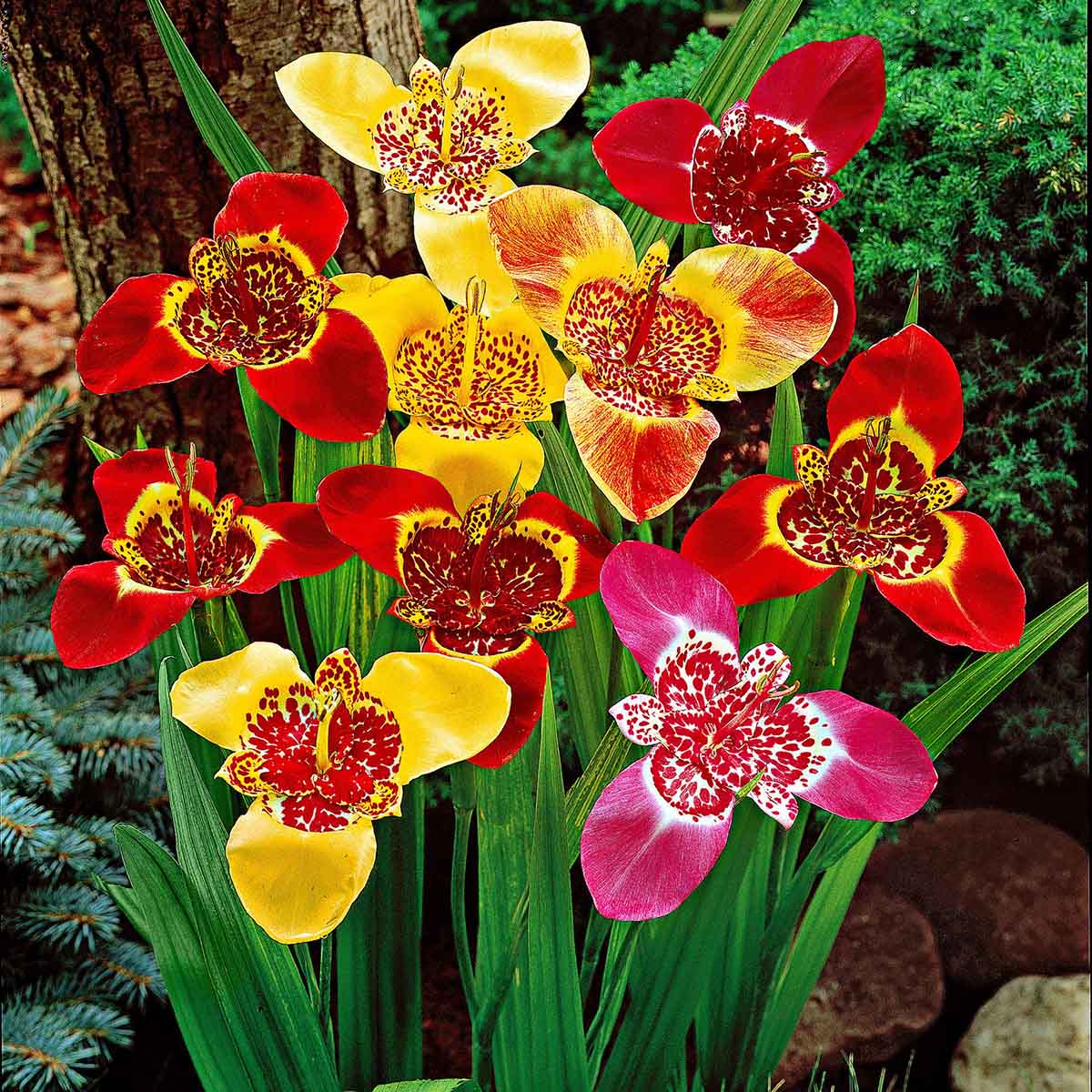

Garden Essentials
How Long To Germinate Tigridia Bulbs
Modified: March 15, 2024
Discover how long it takes for Tigridia bulbs to germinate in your garden. Expert tips for successful growth and blooming.
(Many of the links in this article redirect to a specific reviewed product. Your purchase of these products through affiliate links helps to generate commission for Storables.com, at no extra cost. Learn more)
Introduction
Welcome to the world of Tigridia bulbs! If you’re an avid gardener or simply looking to add some unique beauty to your garden, Tigridia bulbs are an excellent choice. These bulbs, also known as Tiger flowers or Mexican Shell flowers, are known for their vibrant and striking blooms.
Native to Mexico and parts of Central America, Tigridia bulbs bring a touch of exoticism to any garden. They are relatively easy to grow and can be a rewarding addition to your landscape. However, like any other plant, successful cultivation starts with understanding the germination process.
So, how long does it take for Tigridia bulbs to germinate? Let’s dive into the details and explore the journey of these fascinating bulbs from planting to full-grown plants.
Key Takeaways:
- Tigridia bulbs, also known as Tiger flowers, take about 2 to 3 weeks to germinate. Provide warmth, moisture, and light for successful sprouting and vibrant blooms.
- To grow Tigridia bulbs, choose high-quality bulbs, keep the soil moist, and provide adequate light and warmth. Avoid common mistakes like overwatering and planting too deep for healthy germination.
Read more: How Long To Germinate Gladiolus From Bulbs
What are Tigridia Bulbs?
Tigridia bulbs, scientifically known as Tigridia pavonia, are tropical flowering bulbs that belong to the family Iridaceae. These bulbs are native to Mexico and Central America and are popular for their beautiful, orchid-like flowers. The name “Tigridia” is derived from the Greek word “tigris,” which means “tiger” and refers to the distinct markings on the petals that resemble tiger stripes.
Tigridia bulbs are known for their showy and vibrant blooms, which come in a variety of colors including yellow, orange, pink, red, and white. Each flower typically lasts only for a day, but multiple buds on a single stem ensure a continuous display of stunning blossoms throughout the blooming season.
These bulbs produce sword-shaped foliage that adds an attractive visual element to the garden even when the plants are not in bloom. The leaves are usually green and can reach a height of 18 to 24 inches. The overall height of the plants can vary, with some reaching around 24 to 36 inches tall.
When it comes to cultivation, Tigridia bulbs are considered summer and fall bloomers. They thrive in full sun to partial shade and prefer fertile, well-draining soil. They can be grown in containers or directly in the ground, making them suitable for various garden settings.
Now that you have a better understanding of what Tigridia bulbs are, let’s explore the intriguing process of their germination.
Germination Process of Tigridia Bulbs
The germination process of Tigridia bulbs is a fascinating journey that begins with proper planting and care. Here’s a step-by-step guide to help you understand how these bulbs sprout and develop into beautiful flowering plants:
- Preparing the soil: Start by selecting a well-draining spot in your garden or preparing a container with suitable potting mix. Tigridia bulbs prefer loose, fertile soil that retains some moisture but doesn’t become waterlogged.
- Planting the bulbs: Plant the Tigridia bulbs in the soil or container with the pointed end facing upward. The recommended planting depth is around 2 to 3 inches, ensuring that the bulbs are well-covered without being buried too deeply.
- Providing moisture: Once planted, water the bulbs thoroughly to promote moisture penetration and activate the germination process. It’s important to keep the soil consistently moist, but avoid overwatering as it may lead to rotting.
- Waiting for sprouting: In optimal conditions, Tigridia bulbs typically take around 2 to 3 weeks to sprout. During this time, it’s important to keep the soil evenly moist and provide adequate sunlight.
- Shoot emergence: The first sign of germination is the emergence of shoots from the planted bulbs. These shoots will grow upwards and eventually develop into the stems of the Tigridia plants.
- Leaf development: As the shoots continue to grow, they will unfurl into long, sword-shaped leaves. These leaves provide nourishment to the bulb and prepare the plant for the upcoming flowering stage.
- Flower formation: Once the plants have developed a strong root system and healthy foliage, they will start forming flower buds at the top of the stems. Each stem can produce multiple buds, ensuring a continuous display of colorful blooms.
- Blooming: The Tigridia flowers will bloom for a day, showcasing their vibrant colors and unique patterns. While each flower may only last for a short time, the plants will continue to produce new buds, providing a prolonged period of blooming.
By following these steps and providing the necessary care, you can witness the transformation of Tigridia bulbs into stunning flowering plants, adding a touch of elegance and charm to your garden.
Factors Affecting Germination Time
The germination time of Tigridia bulbs can be influenced by various factors. Understanding these factors can help you optimize the conditions for germination and ensure successful growth. Here are some key factors that affect the germination time of Tigridia bulbs:
- Temperature: Temperature plays a crucial role in the germination process. Tigridia bulbs prefer warm temperatures between 70°F and 80°F (21°C and 27°C) to sprout successfully. Cooler temperatures may cause the bulbs to take longer to germinate or even delay the process.
- Moisture: Adequate moisture is essential for germination. It’s important to keep the soil consistently moist during the germination period. However, overwatering can lead to bulb rot, so it’s crucial to find the right balance. Ensure that the soil drains well to prevent waterlogged conditions.
- Light: While Tigridia bulbs require full sun to thrive during their blooming stage, they don’t need direct light for germination. In fact, these bulbs can germinate successfully in partially shaded areas. However, providing some sunlight or bright light can help stimulate the germination process.
- Soil Quality: The quality of the soil can significantly impact germination. Tigridia bulbs prefer fertile, well-draining soil that is rich in organic matter. Prior to planting, ensure that the soil is loose, adequately amended, and has a pH level of around 6.0 to 7.0.
- Age and quality of bulbs: The age and quality of the bulbs can also affect germination time. Fresh, healthy bulbs are more likely to have higher germination rates and faster sprouting compared to older or damaged bulbs. It’s advisable to source bulbs from reputable suppliers to ensure the best chances of successful germination.
By considering these factors and providing favorable conditions, you can optimize the germination time of Tigridia bulbs and set the stage for healthy growth and abundant blooms. Remember to monitor these factors closely and make necessary adjustments to ensure the best possible outcomes for your Tigridia plants.
Tigridia bulbs usually take 2-3 weeks to germinate. Plant them in well-draining soil and keep them moist but not waterlogged. Place in a warm, sunny spot for best results.
Tips for Successful Germination
To maximize the chances of successful germination for your Tigridia bulbs, consider implementing the following tips:
- Choose high-quality bulbs: Select fresh, plump bulbs that are free from any signs of damage or disease. High-quality bulbs have a higher chance of successful germination.
- Provide the right planting conditions: Prepare well-draining soil or use a suitable potting mix for planting the bulbs. Ensure that the planting depth is appropriate, with the pointed end facing upward.
- Water consistently: Keep the soil consistently moist during the germination period. Avoid overwatering to prevent rotting, but don’t let the soil dry out either. Regularly monitor the moisture levels and adjust watering accordingly.
- Control temperature: Maintain a warm environment for the bulbs to germinate. Keep them in a location where the temperature stays between 70°F and 80°F (21°C and 27°C).
- Consider pre-soaking the bulbs: Some gardeners find success in pre-soaking Tigridia bulbs for a few hours before planting. This can help soften the outer coating and speed up the germination process.
- Provide adequate light: While direct light is not necessary for germination, providing bright, indirect light can help stimulate the process. A location with partially shaded conditions is usually sufficient.
- Monitor and protect from pests: Keep an eye out for any pests that may damage the bulbs or emerging shoots. Take necessary measures to protect the bulbs, such as using organic pest control methods or physical barriers.
- Be patient: It’s important to remember that germination times can vary, and some bulbs may take longer to sprout than others. Be patient and continue providing the necessary care and conditions for successful germination.
By following these tips, you can increase the likelihood of successful germination for your Tigridia bulbs. Remember to monitor the progress of the germination process and make any necessary adjustments to ensure optimal conditions for growth.
How to Care for Germinating Tigridia Bulbs
Caring for germinating Tigridia bulbs is crucial to ensure their healthy growth and development. Here are some essential care tips to follow:
- Watering: Continue to keep the soil consistently moist but not waterlogged. Water the bulbs gently, avoiding excessive splashing or disturbance to the emerging shoots.
- Provide adequate sunlight: Place the containers or plantings in a location that receives bright, indirect light. Full sun is not necessary during the germination stage, but sufficient light is essential for healthy growth.
- Temperature: Maintain a warm environment for the bulbs. If the temperature drops below the ideal range of 70°F to 80°F (21°C to 27°C), consider using a heating mat or placing the containers in a warmer area of your home.
- Protect from extreme weather conditions: If you’re growing Tigridia bulbs outdoors and there’s a risk of frost or extreme weather conditions, provide some protection. Cover the plants or move the containers indoors until the unfavorable weather passes.
- Weed control: Keep the area around the germinating bulbs free from weeds. Weeds can compete for nutrients and moisture, potentially affecting the growth of the Tigridia bulbs.
- Fertilization: Avoid fertilizing the bulbs during the germination stage. Wait until the plants have developed a strong root system and have produced several sets of leaves before applying a balanced fertilizer according to the manufacturer’s instructions.
- Monitor for pests and diseases: Regularly inspect the plants for any signs of pests or diseases. Early detection and appropriate measures can prevent damage and ensure the health of the Tigridia bulbs.
- Support the stems: As the plants grow, tall and slender stems may require support to prevent them from bending or breaking. Use stakes or plant supports to keep the stems upright and stable.
By providing proper care during the germination stage, you can ensure that your Tigridia bulbs develop into strong and healthy plants ready to bloom and dazzle your garden with their vibrant flowers.
Common Mistakes to Avoid
While growing Tigridia bulbs can be a rewarding experience, it’s important to be aware of common mistakes that can hinder their germination and growth. By avoiding these mistakes, you can increase your chances of success. Here are some common errors to steer clear of:
- Planting bulbs too deep: Planting Tigridia bulbs too deep in the soil can prevent them from emerging properly. Follow the recommended planting depth of 2 to 3 inches and ensure the pointed end is facing upward.
- Overwatering: Excessively watering the bulbs can lead to rotting and prevent successful germination. Keep the soil consistently moist, but avoid waterlogged conditions. Moderation is key.
- Planting in poor soil: Tigridia bulbs prefer loose, well-draining soil that is rich in organic matter. Avoid planting in heavy clay or compacted soil, as it can retain too much moisture and hinder bulb development.
- Insufficient sunlight: While direct sunlight is not necessary during germination, providing adequate bright, indirect light is crucial for healthy growth. Avoid placing the containers or plantings in overly shaded areas.
- Fertilizing too early: Fertilizing the bulbs too early can cause burn or damage the delicate emerging roots. Wait until the plants have developed a strong root system and several sets of leaves before applying fertilizer.
- Ignoring pests and diseases: Regularly monitor your plants for signs of pests or diseases. Ignoring these issues can lead to significant damage and impact the health of the Tigridia bulbs. Take appropriate measures to control and prevent infestations.
- Not providing enough warmth: Tigridia bulbs thrive in warm temperatures. If the environment is too cool, it can delay germination or hinder the growth of the emerging shoots. Maintain a warm and suitable climate for optimum results.
- Planting old or damaged bulbs: Using old or damaged bulbs decreases the chances of successful germination. Choose high-quality, fresh bulbs from reliable suppliers to ensure optimal results and healthy growth.
By avoiding these common mistakes and taking the necessary precautions, you can increase the likelihood of successful germination and achieve vibrant, flourishing Tigridia plants in your garden.
Conclusion
Growing Tigridia bulbs can add an exotic and vibrant touch to your garden. By understanding the germination process and providing proper care, you can enjoy the beauty of these stunning flowers in your landscape. Remember the following key points:
Tigridia bulbs, also known as Tiger flowers or Mexican Shell flowers, are tropical bulbs native to Mexico and Central America. They produce vibrant and striking blooms in a range of colors, making them a popular choice for garden enthusiasts.
The germination process of Tigridia bulbs involves proper planting, moisture control, and suitable conditions. Factors such as temperature, moisture, light, soil quality, and bulb quality can affect germination time.
To ensure successful germination, choose high-quality bulbs, provide consistent moisture without overwatering, offer adequate light, and maintain a warm environment. Protect the bulbs from extreme weather conditions, monitor for pests and diseases, and avoid common mistakes like planting too deep or using poor soil.
By following these guidelines and providing proper care during the germination stage, you can nurture the Tigridia bulbs into healthy plants ready to showcase their vibrant flowers.
So, go ahead and embark on the journey of growing Tigridia bulbs. With patience, care, and a touch of creativity, you can create a captivating display of these extraordinary blooms in your garden.
Frequently Asked Questions about How Long To Germinate Tigridia Bulbs
Was this page helpful?
At Storables.com, we guarantee accurate and reliable information. Our content, validated by Expert Board Contributors, is crafted following stringent Editorial Policies. We're committed to providing you with well-researched, expert-backed insights for all your informational needs.
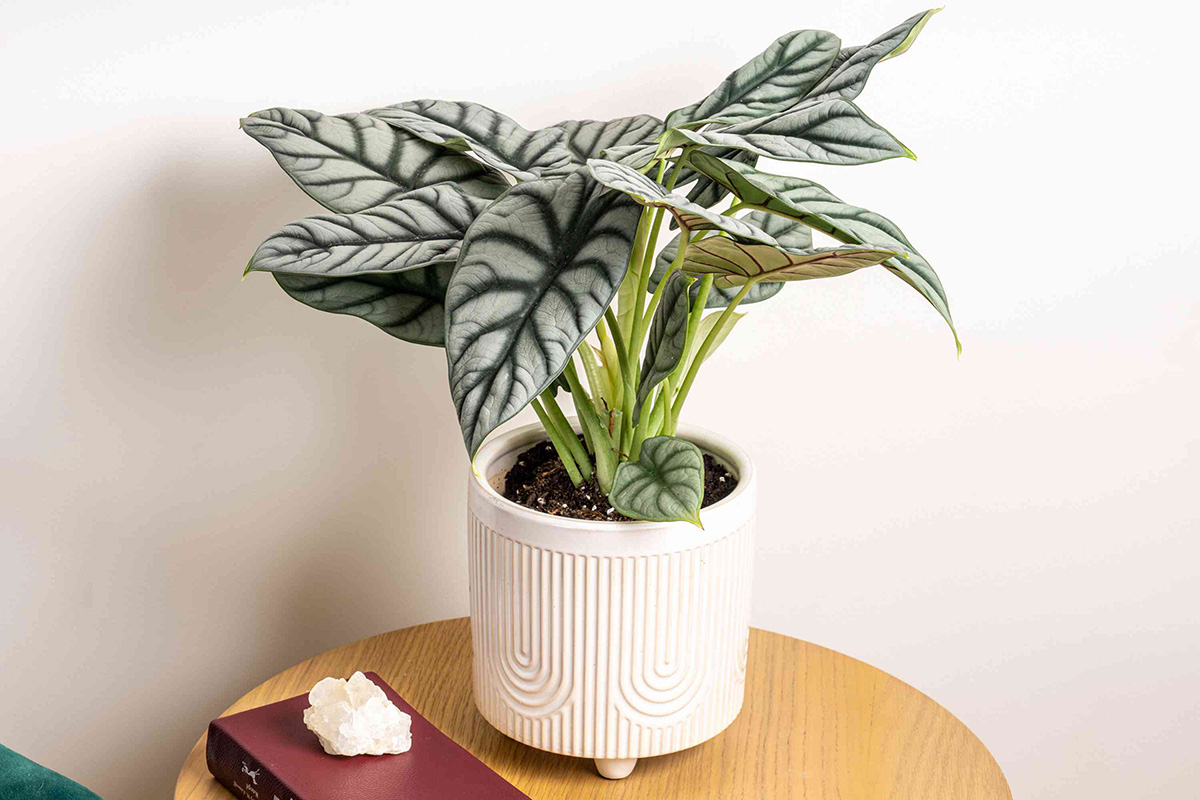
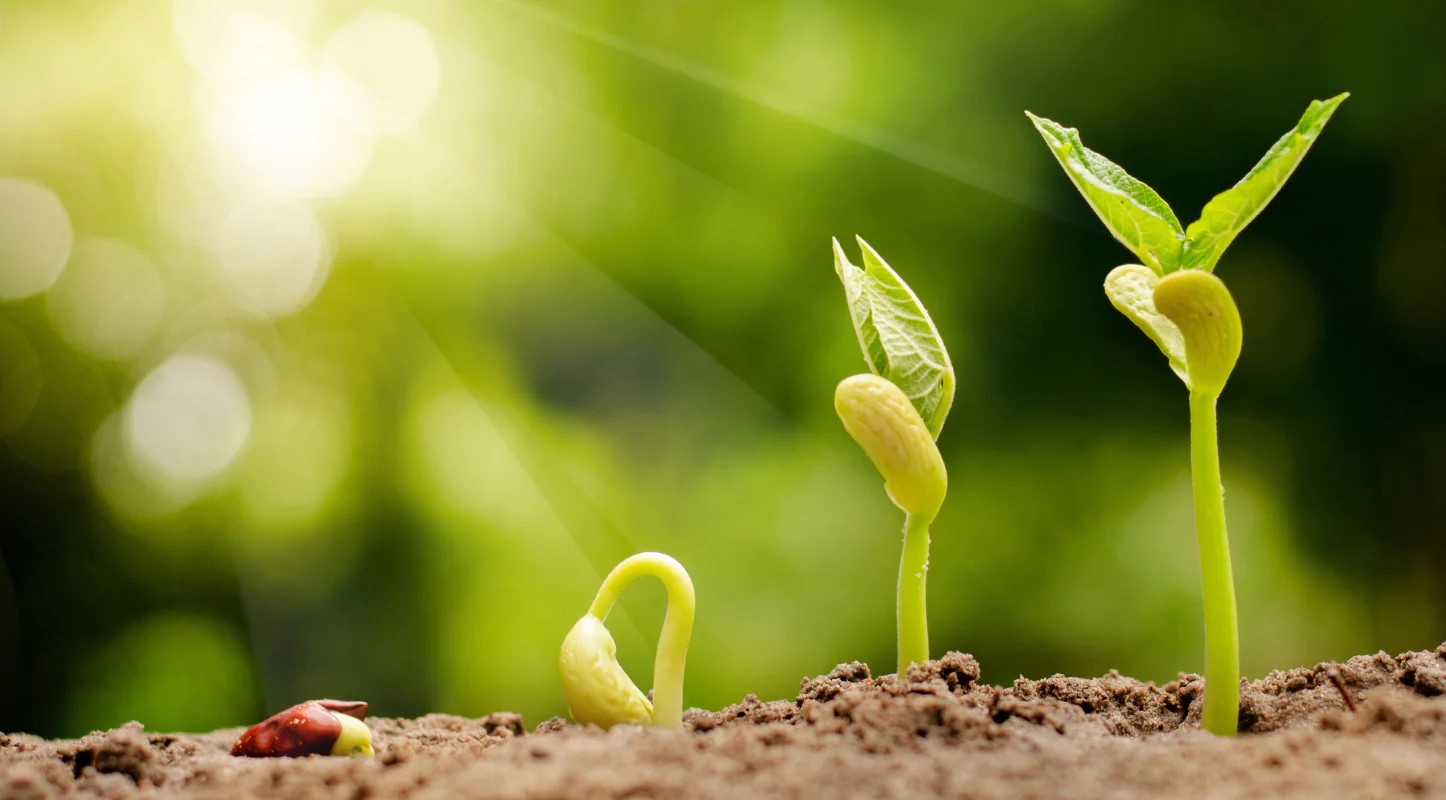
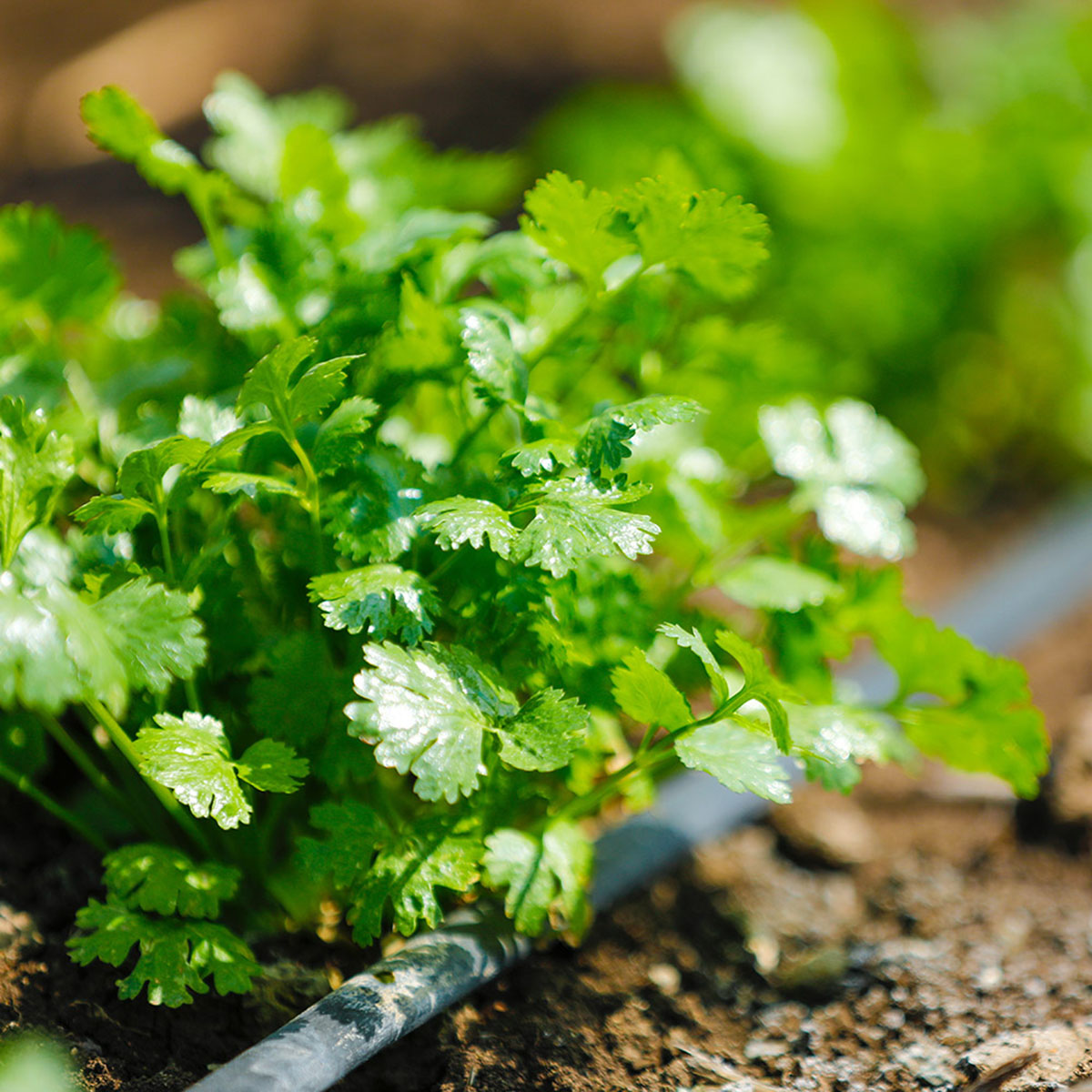
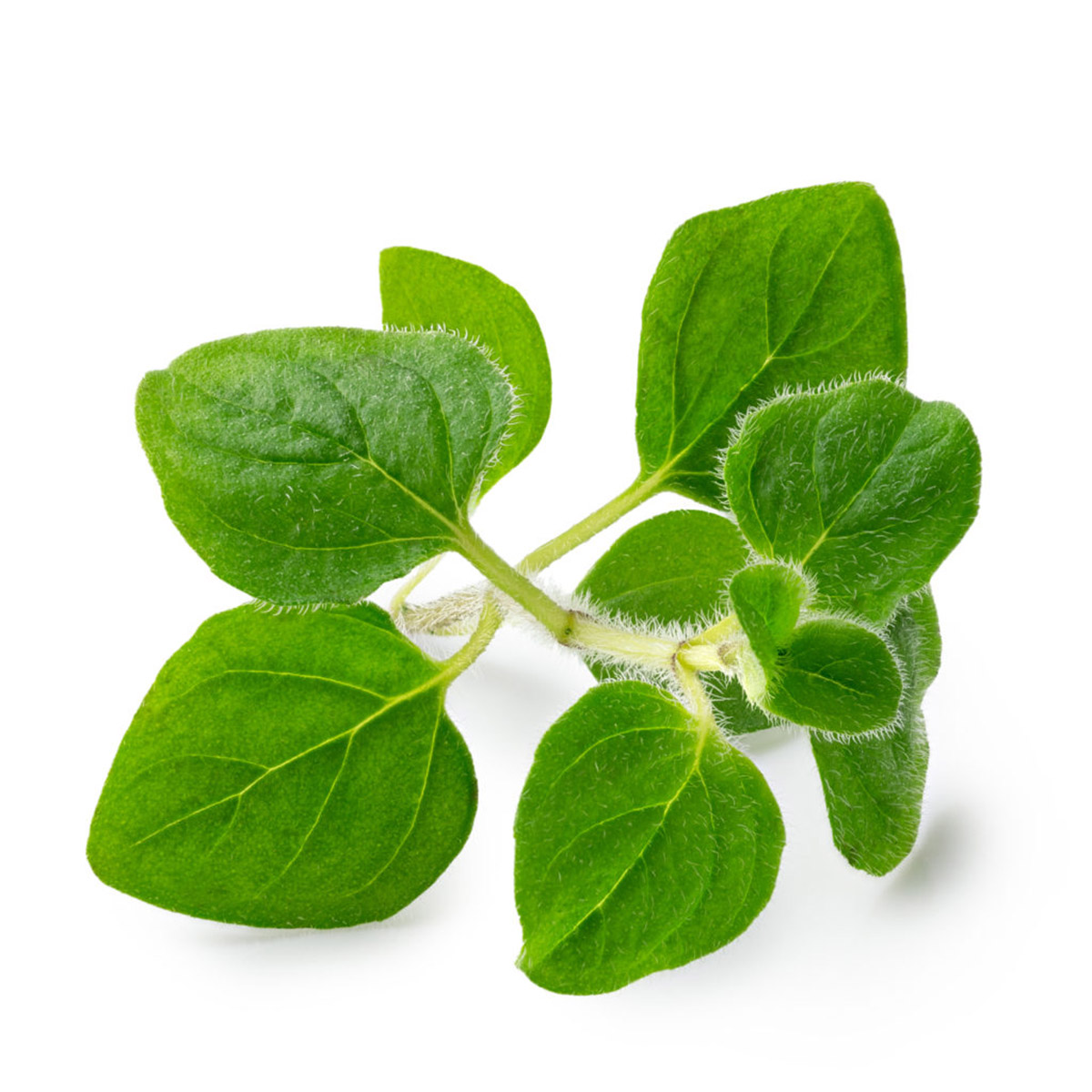
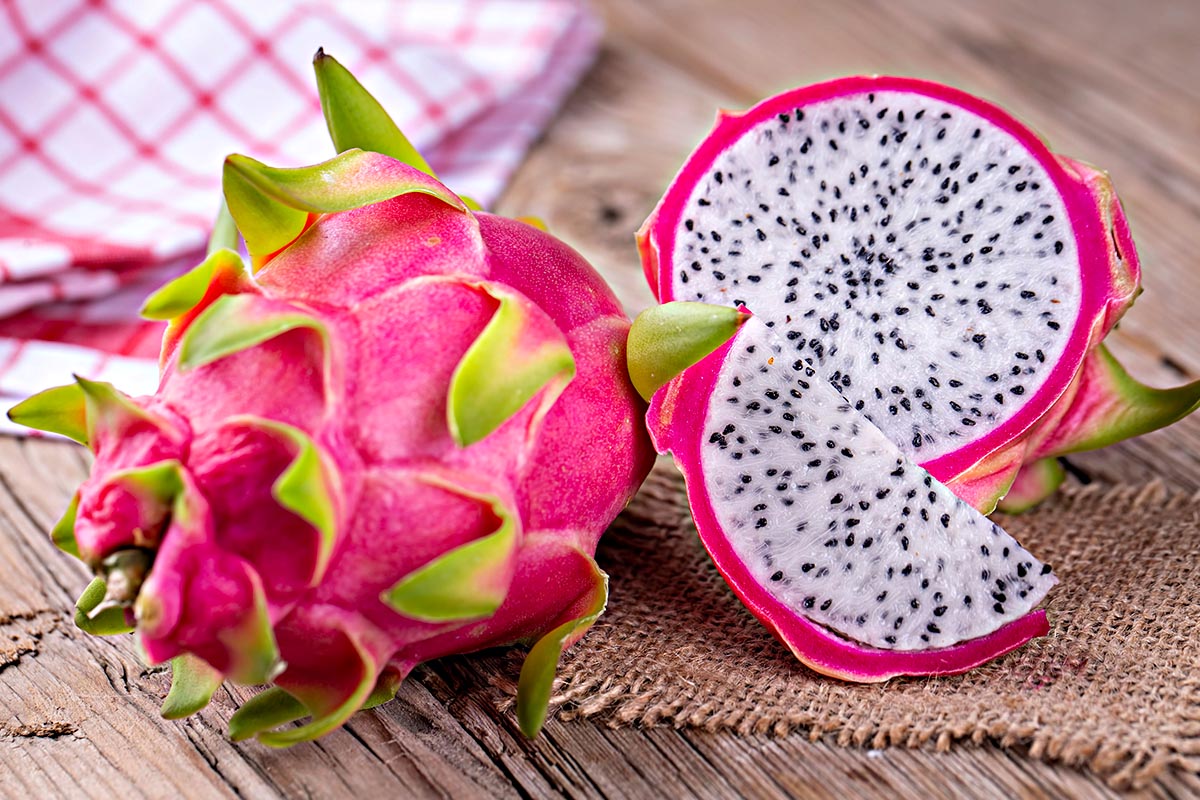
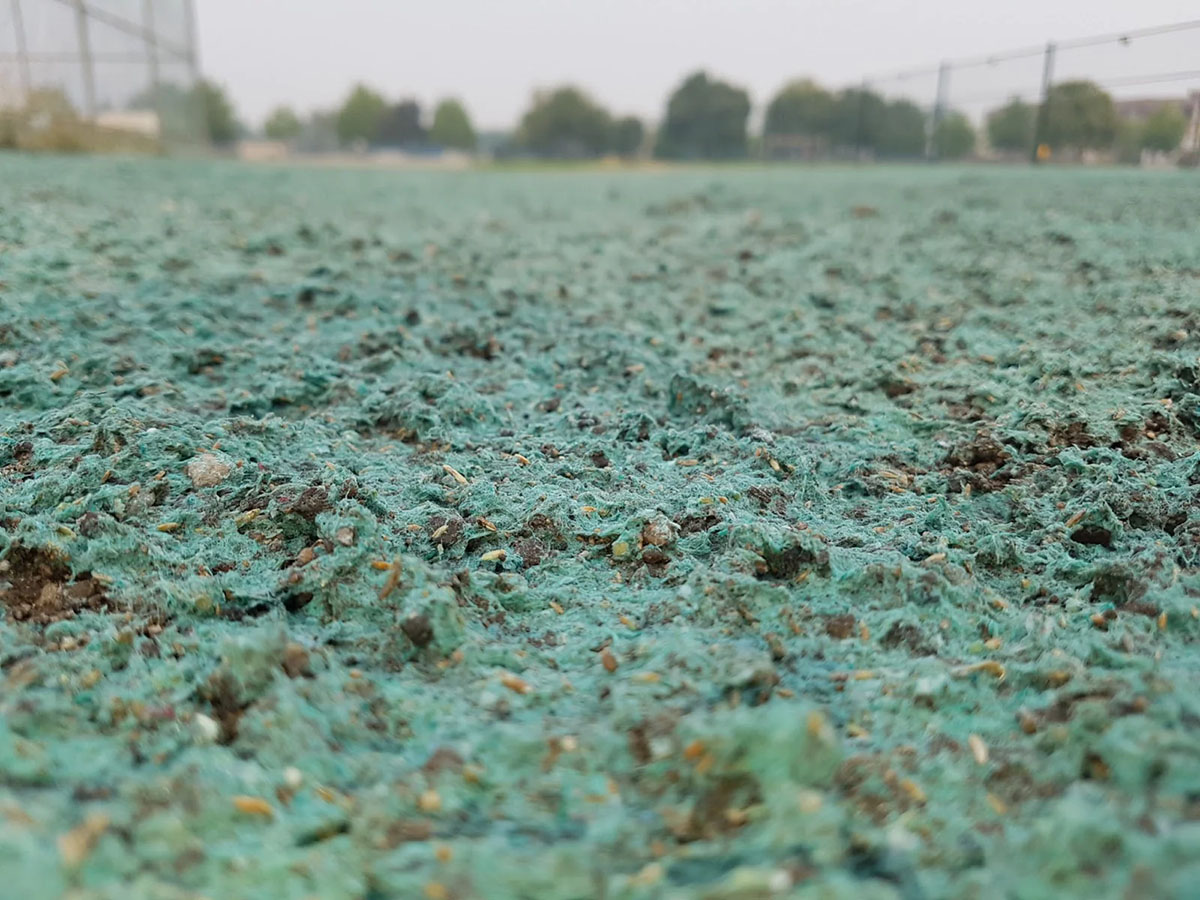
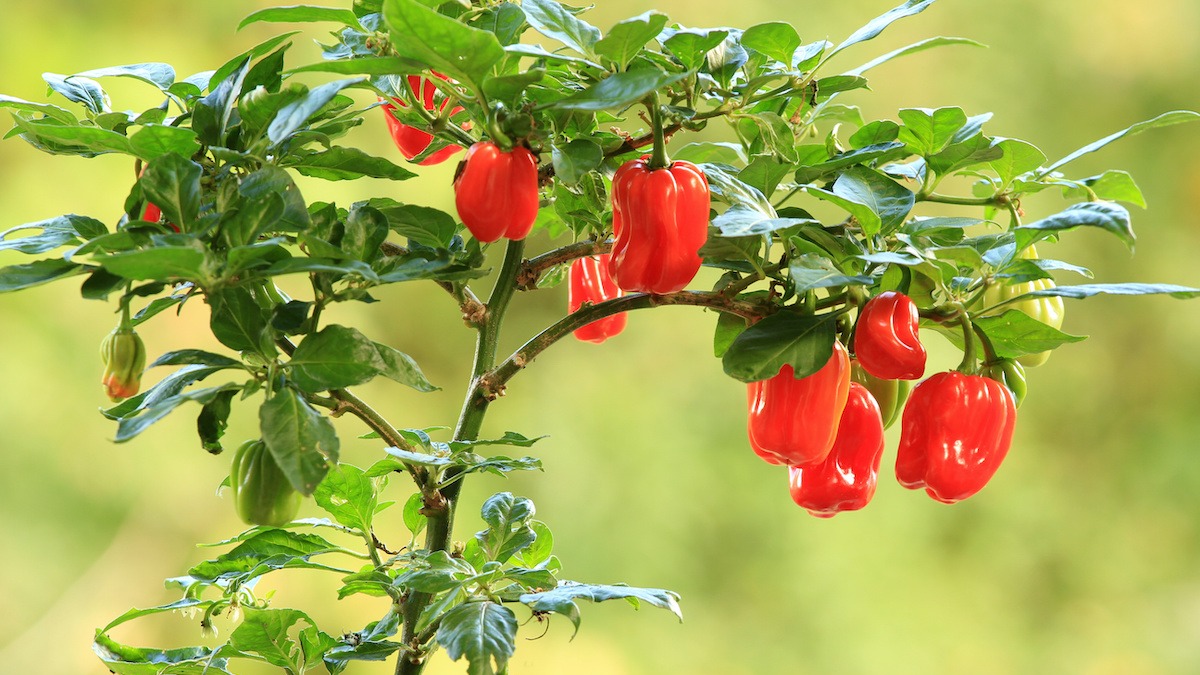
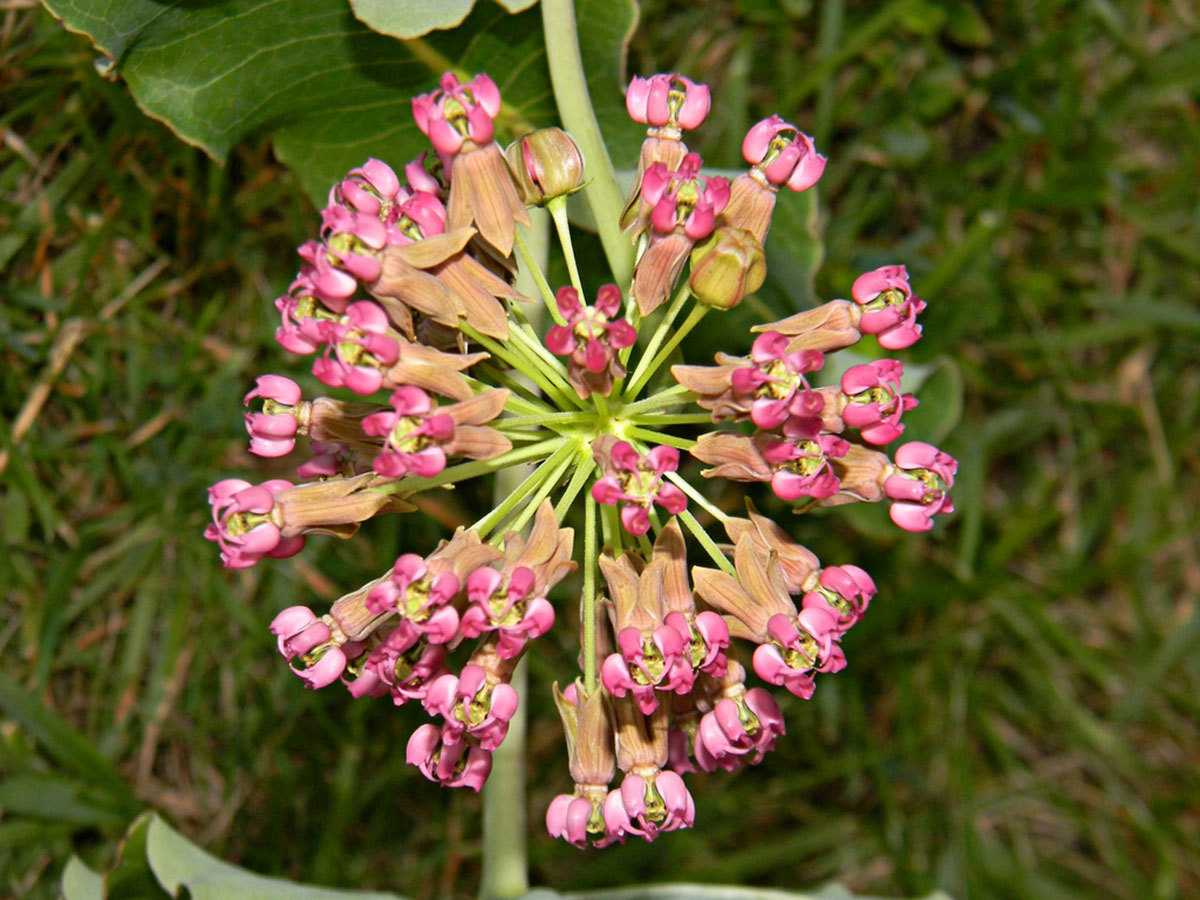
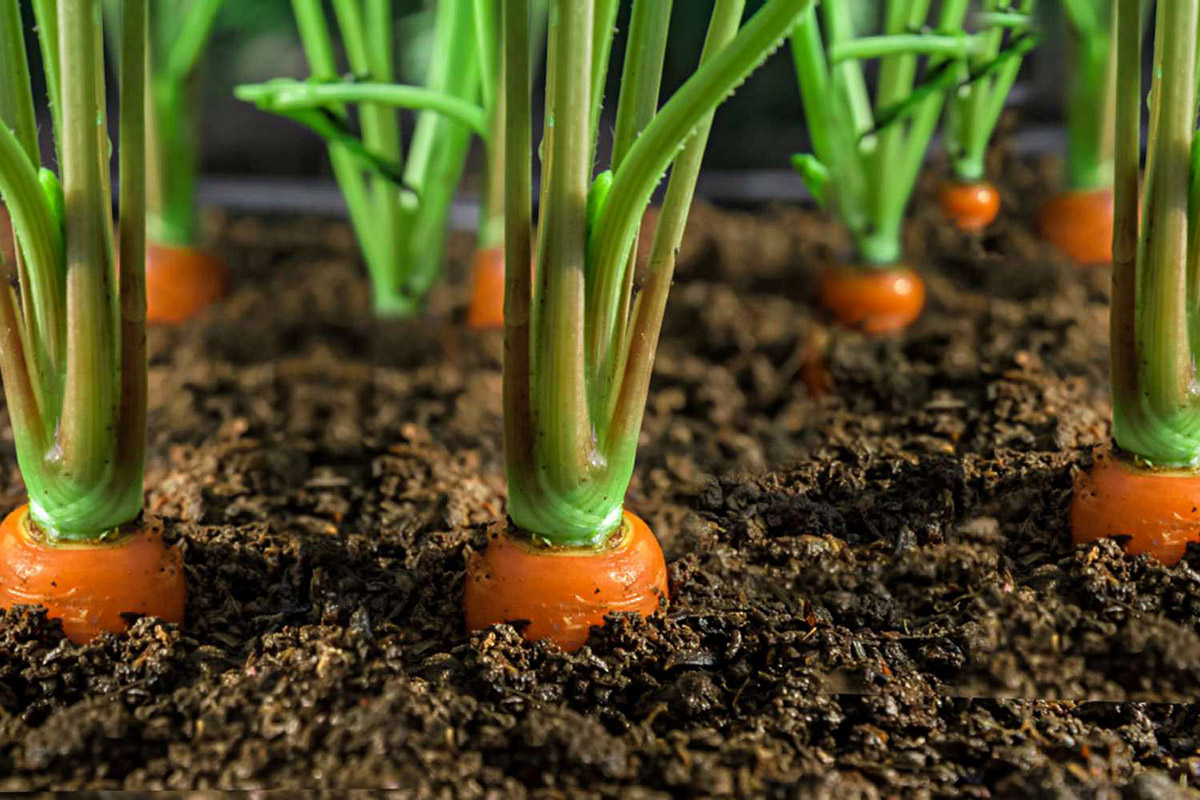
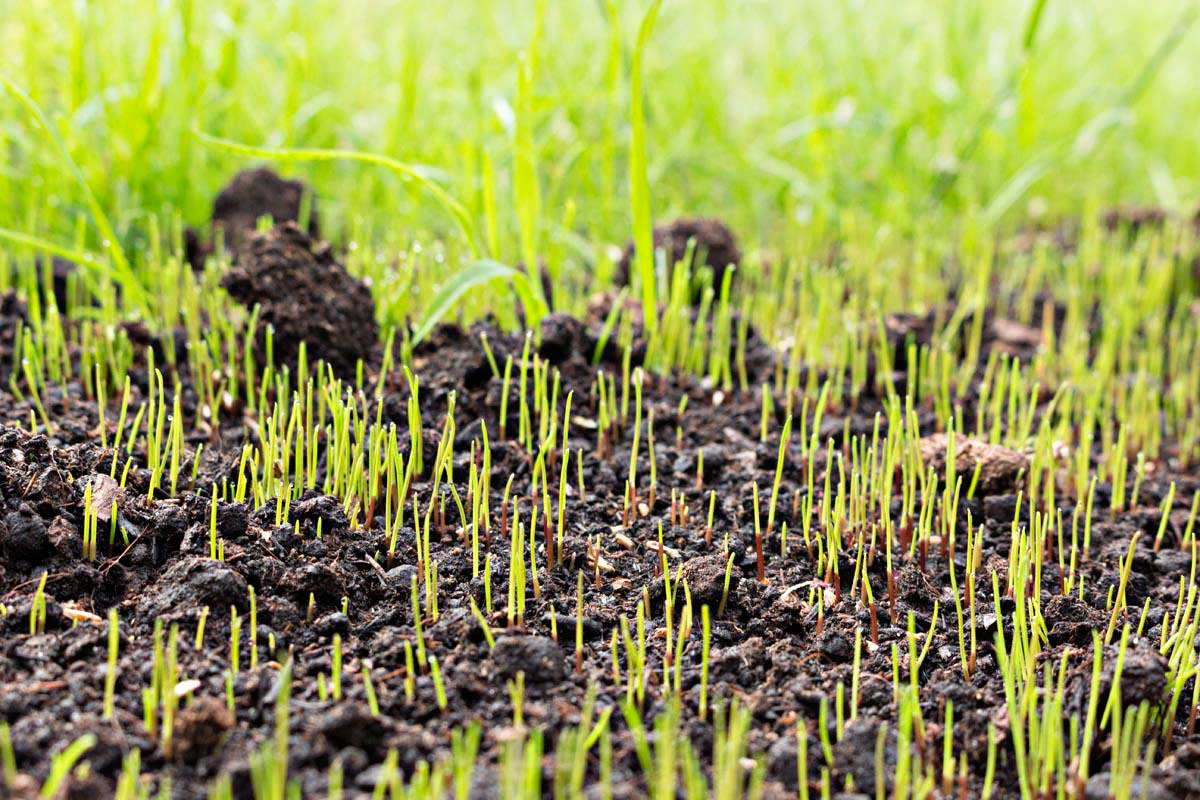
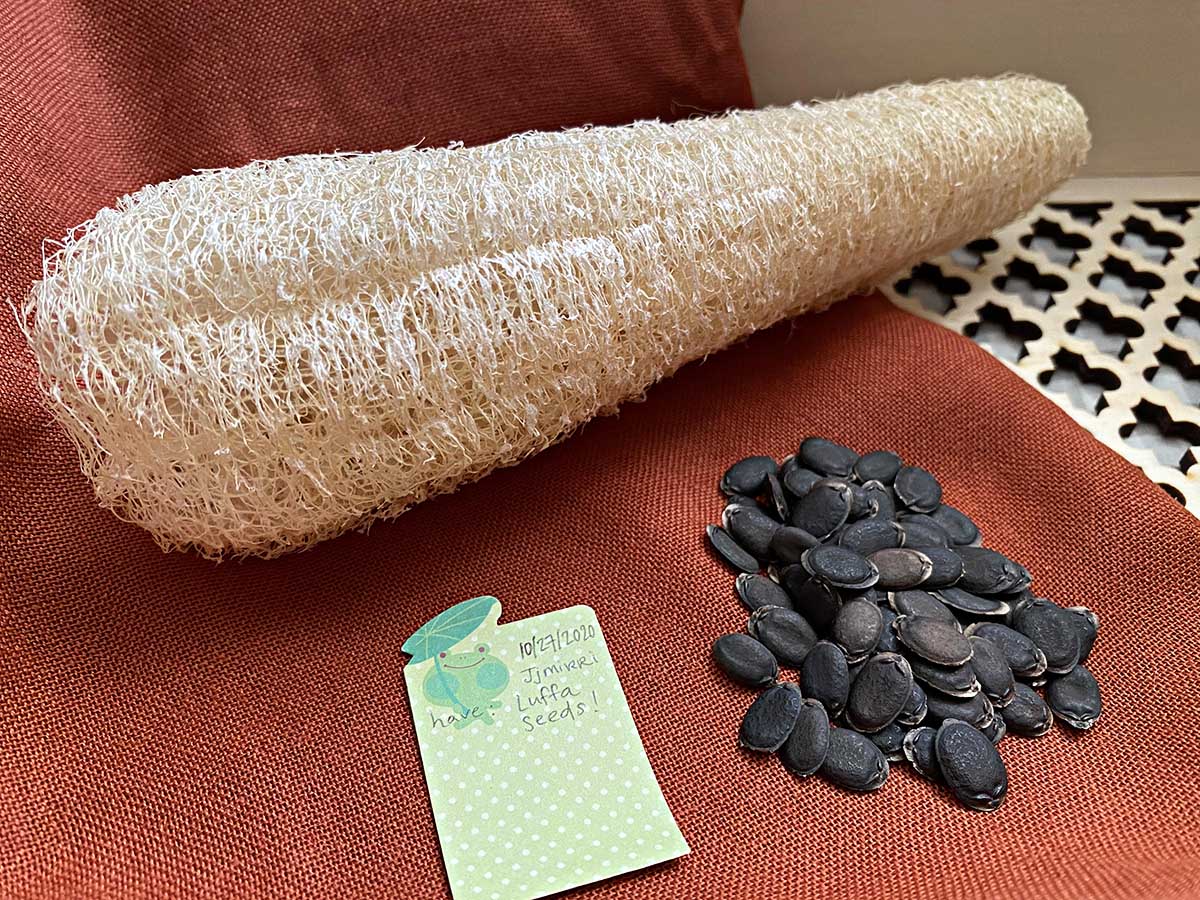
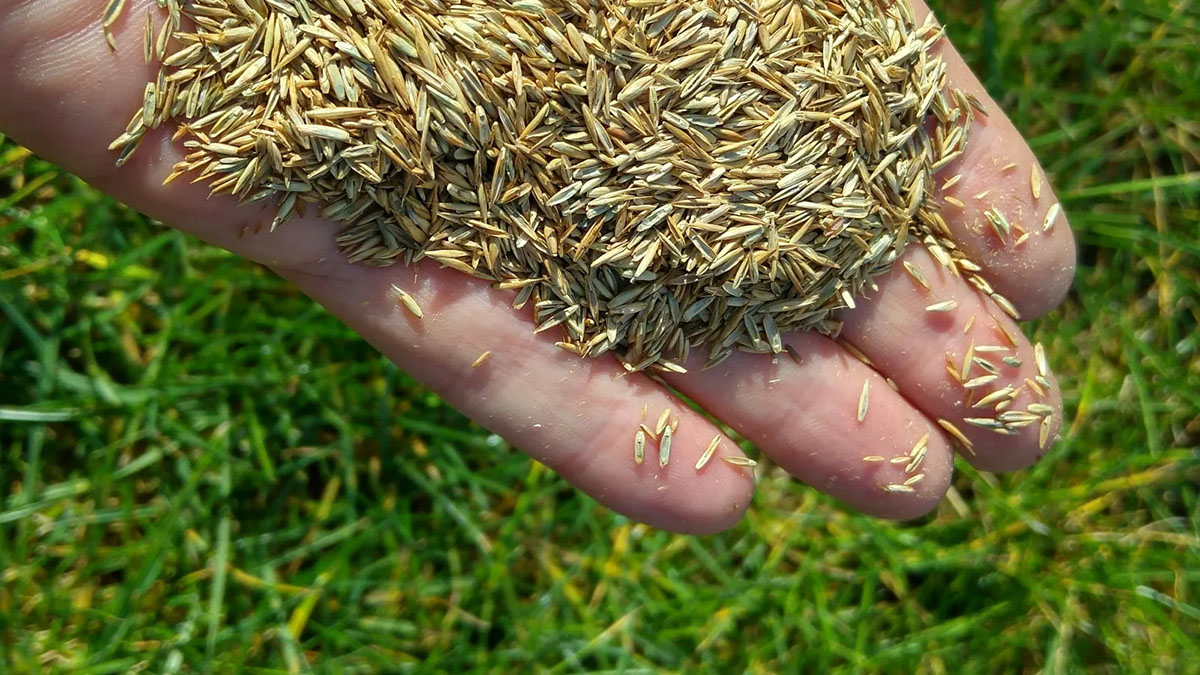
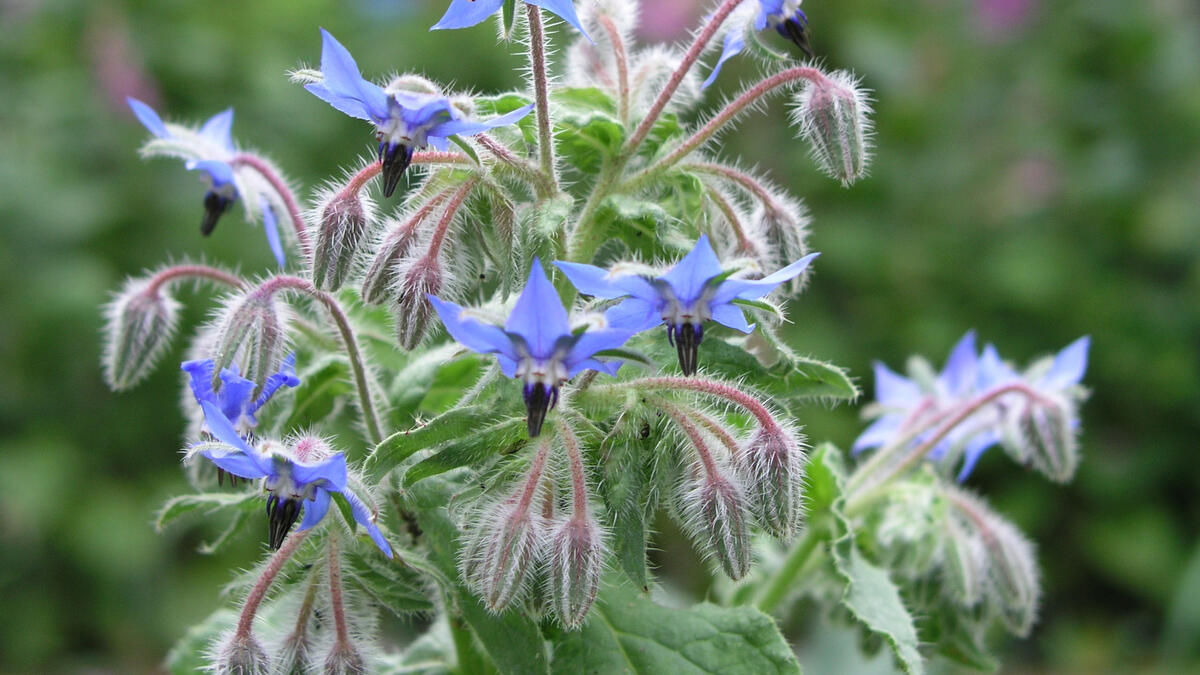
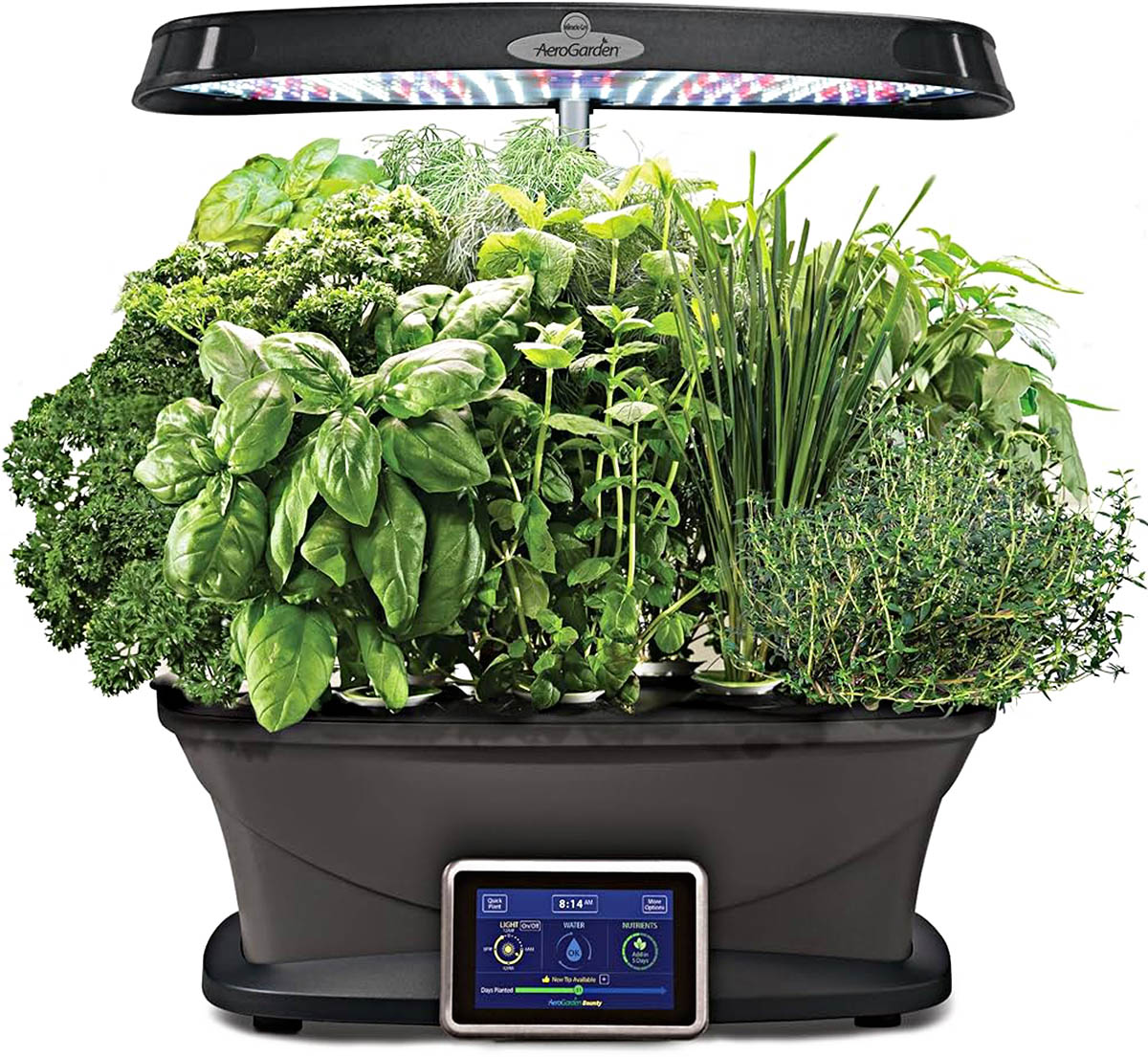

0 thoughts on “How Long To Germinate Tigridia Bulbs”